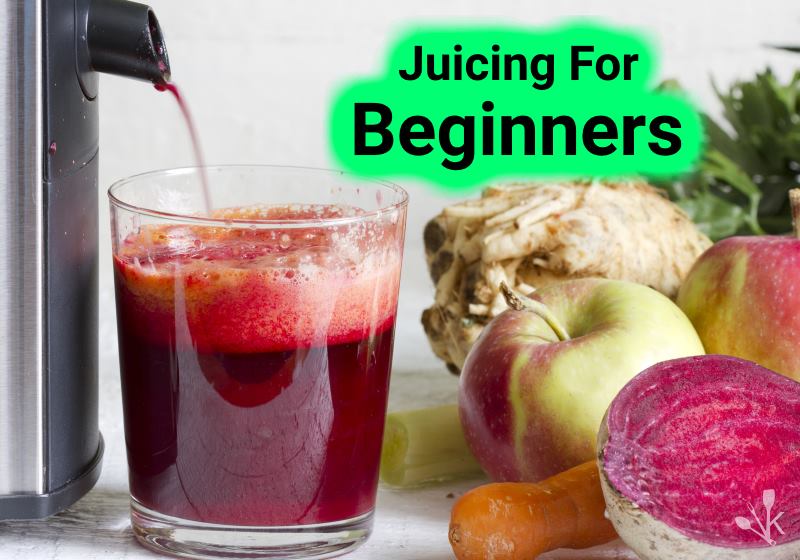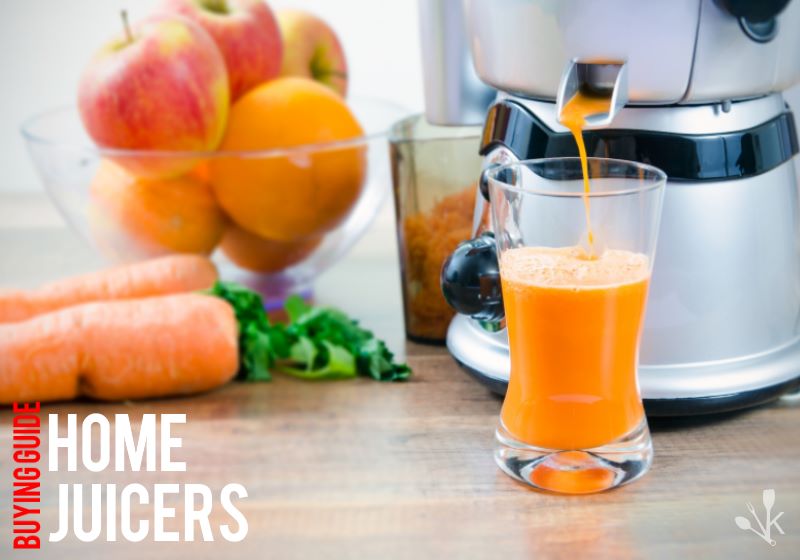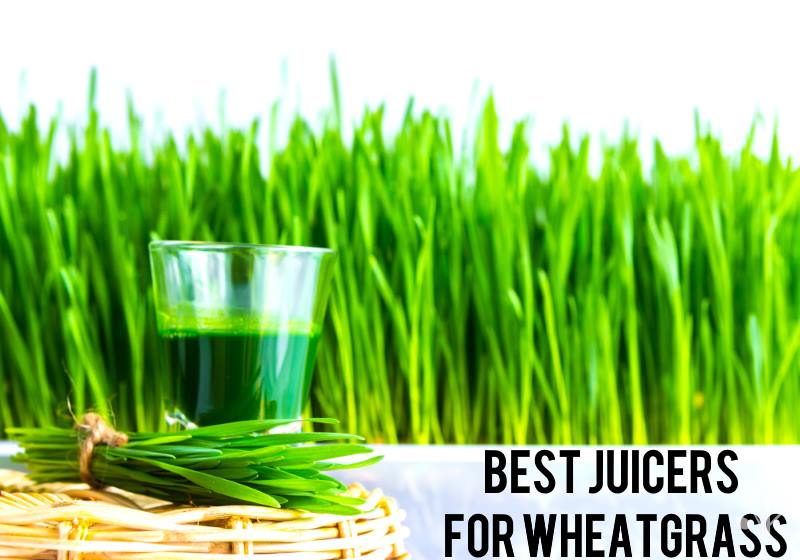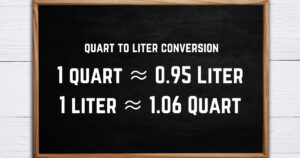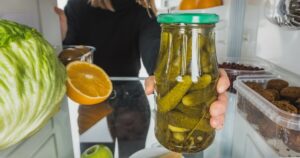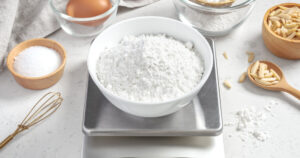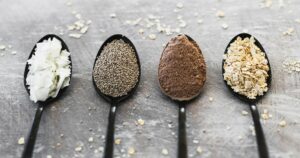Not all oranges are good for juicing! Different types of orange have been specifically created for snacking and others for cooking.
What is the best orange for juicing?
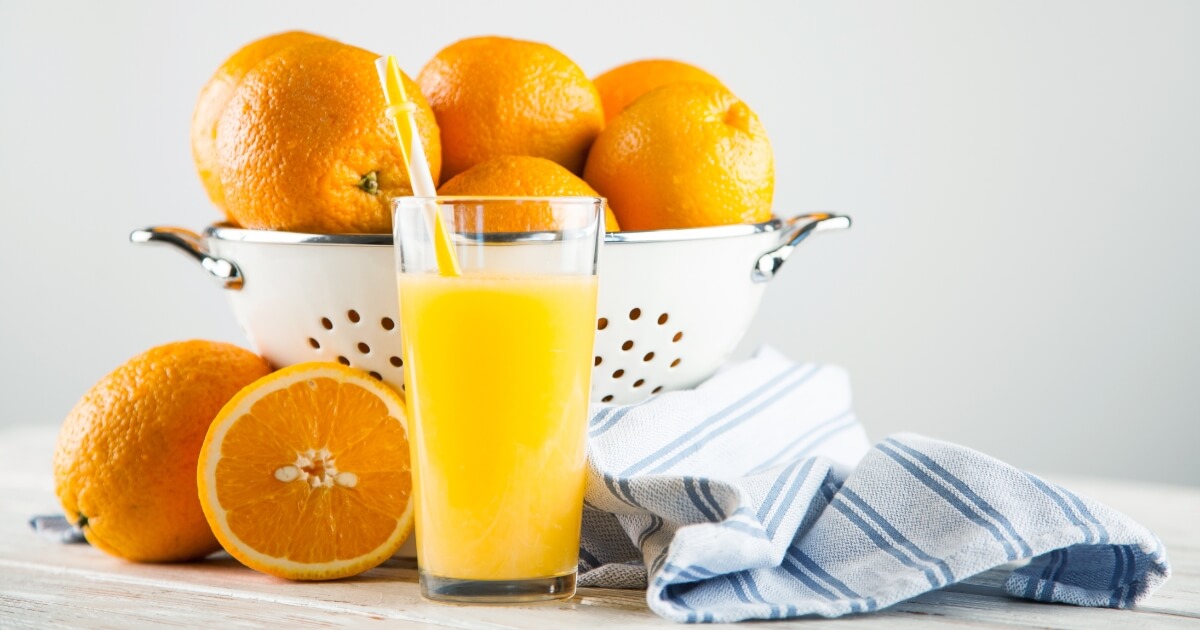
The Valencia Orange is the best orange for juicing because of its generous juice yield and balanced, refreshing flavor. Its consistent taste is familiar and widely used in commercial orange juice. With a longer growing season and two harvests, it’s the go-to choice for the best OJ.
Want more suggestions? Great! In this guide, I’ll share more oranges that are great to juice that you can add to your next round of juice drinks or on their own as fresh squeezed orange juice.
1. Valencia Oranges
The Valencia is the superstar of the juicing world. If you’ve ever had a glass of commercial orange juice, chances are, you’ve tasted the delicious taste of a Valencia.
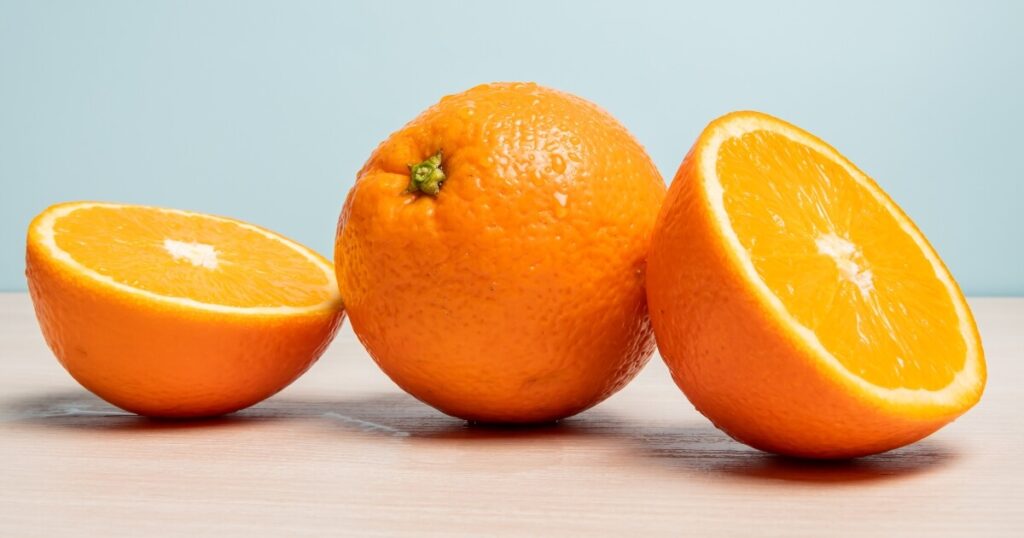
- Juice: These oranges are like nature’s little juice boxes. Squeeze one, and you’ll see what I mean.
- Seeds: While they’re mostly seedless, you might come across a few seeds here and there.
- Popular Choice: Most commercial orange juices have Valencia written all over them. It’s the go-to for many juice brands.
- Extended Season: These beauties have a slightly longer growing season than some other oranges, giving you more time to enjoy their juicy goodness.
Valencia oranges are the unsung heroes of the breakfast table. They might not always be the first choice for snacking, but they’re in a league of their own when it comes to juicing.
And the best part? They have two harvests! So whether it’s October or April, you can get your Valencia fix.
Next time you’re thinking of making a fresh batch of OJ, give Valencia oranges a try.
2. Navel Oranges
When you think of oranges, the classic Navel orange is probably the first type of orange that pops into your mind. They’re versatile, widely available, and oh-so-juicy.
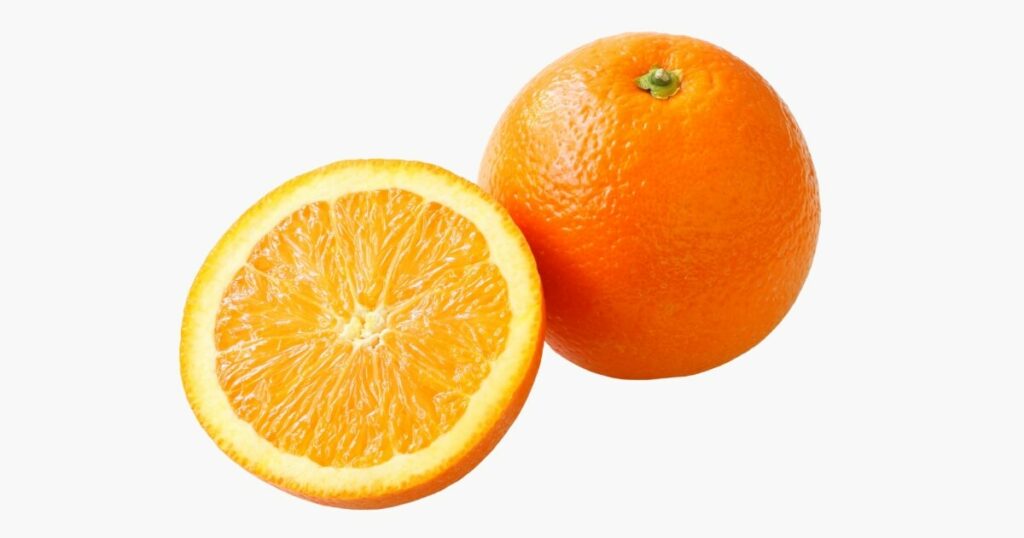
- Distinctive Navel: Ever wonder why it’s called a “Navel”? Just look at that cute little belly button-like feature on the fruit. It’s like an orange within an orange!
- Seedless: No seeds to fuss about here. Just pure, uninterrupted juiciness.
- Size: These oranges are on the larger side, giving you more orange juice per squeeze.
When you’re in the mood for a classic glass of OJ, the Navel orange has got your back. Its balanced flavor and abundant juice content make it a top choice for many.
And the best part? You can find them pretty much all year round, with the prime time being those cozy winter months from November to January.
3. Clementine Oranges
Step aside, big oranges, and make way for the Clementine! It’s the petite powerhouse of citrus with its sweet taste and easy-peel skin.
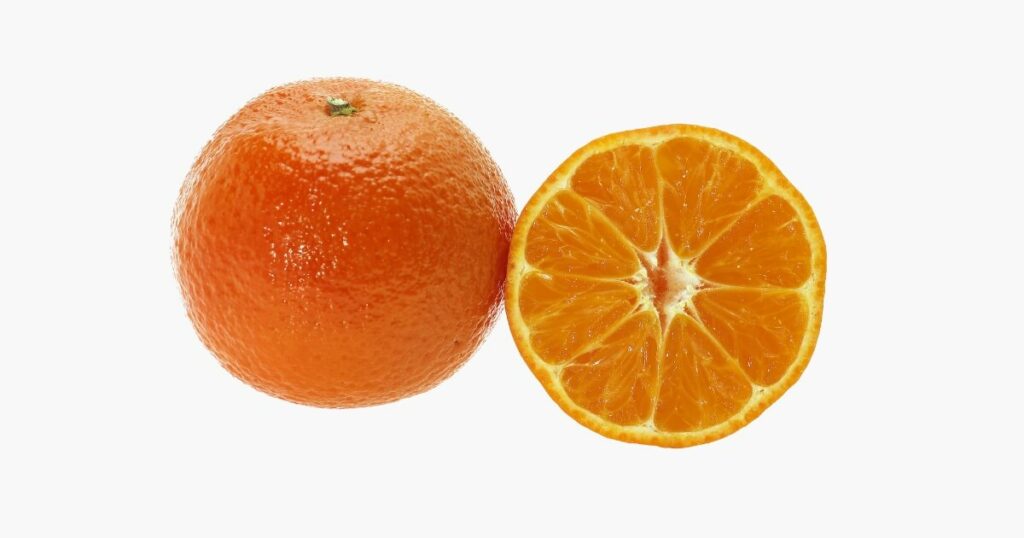
- Sweet Juices: Clementines are like little drops of sunshine, bursting with sweetness in every bite.
- Orange Peel: No need for a knife. Just use your fingers, and you’ll be enjoying its juicy segments in no time.
- Seedless: More often than not, you won’t find a single seed in these. Just pure, sweet fruit.
- Hybrid History: The Clementine is Born from a standard orange and a Mandarin mix and has the best of both worlds.
When it comes to juicing, Clementines might be small, but they pack a punch. Their juice is sweet, vibrant, and perfect for mixing with other citrus juices or enjoying on its own.
And if you’re feeling a bit fancy, their zest can add a lovely aroma to your dishes.
4. Tangerine Oranges
The Tangerine is like the zesty cousin of the orange family. With its vibrant color and slightly tart flavor, it’s the perfect pick-me-up on its own.
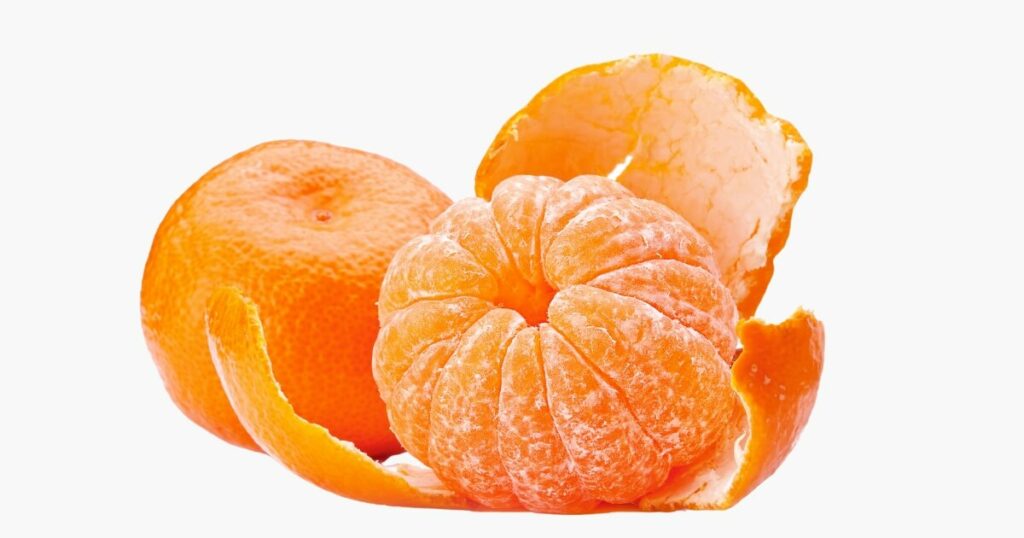
- Tart Twist: Tangerines have that lovely citrus zing, making them a refreshing change from the usual sweet oranges.
- Color: Sporting a slightly lighter orange hue, they stand out in any fruit bowl.
- Few Seeds, No Fuss: While they might have a seed or two, it’s nothing that’ll get in the way of enjoying their juicy goodness.
- Mandarin Family: Tangerines and their close relatives, Clementines, are both part of the Mandarin family. So, they’ve got that easy-to-peel skin we all love.
When you’re thinking of juicing, don’t overlook the Tangerine. Its tangy flavor can add a delightful twist to your regular OJ or any citrus blend. And if you’re in the mood for a snack, their easy-to-peel nature makes them a breeze to enjoy on the go.
Next time you shop for oranges, toss a few Tangerines into your basket.
Whether you’re juicing them, snacking, or adding them to a fruit salad, they’re sure to add a zesty kick to your day.
5. Blood Oranges
Blood Oranges stand out with their rich color and a taste that’s both sweet and have a subtly bitter taste. It promises a juice that’s anything but ordinary.
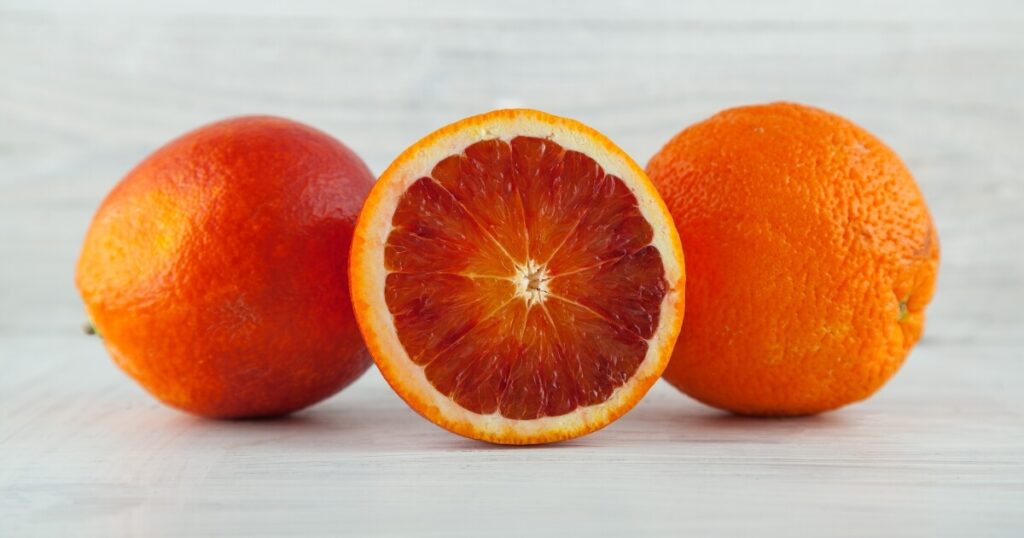
- Stunning Color: One squeeze, and you get a beautiful blend of deep orange and ruby red juice. It’s a visual treat before the first sip.
- Flavor: At its core, the Blood Orange is sweet with hints of berries. But there’s a bitter twist, especially closer to the skin, that adds depth to its juice.
- Nutrient Boost: That deep hue isn’t just for aesthetics. It’s packed with anthocyanin, a beneficial pigment that’s a health plus.
- Varieties Of Oranges: Whether it’s the sweeter Tarocco or, the more tart Moro, each variety offers a unique juicing experience.
Blood Oranges are a top pick when you’re looking to elevate your juicing game. Their distinct flavor profile brings a refreshing change to the usual orange juice, making every glass a taste adventure. Whether enjoyed on its own or blended with other citrus juices, it’s a flavor journey you won’t want to miss.
So, next time you’re juicing up a storm, throw in some Blood Oranges and savor the rich, multifaceted taste they bring to the table.
6. Hamlin Oranges
Now, if you’re on the hunt for an early-season orange that’s perfect for juicing, let me introduce you to the Hamlin. It’s one of those oranges that might not be the star of the show, but it knows how to play a supporting role.
- Early Season: Hamlins are some of the first oranges to appear in markets each year.
- Thin Skin: These oranges come dressed in delicate, thin skin, making them pretty easy to handle.
- Seeds: Mostly seedless, but you might find the occasional seed.
- Size: They’re a bit smaller than your average orange, but don’t underestimate them. They’re packed with flavor.
When it comes to juicing, Hamlin Oranges are a dream. They might have a sweet flavor as sweet as some of their citrus siblings, but they’re incredibly juicy. This makes them a top choice for those mornings when you’re craving a glass of pure, unadulterated orange juice.
And if you’re in the mood for a little mixology, blend Hamlin orange juice with some from a sweeter variety of oranges. You’ll get a balanced, refreshing drink that’s sure to kickstart your day.
Keep an eye out for Hamlins from October to December. And when you spot them, give them a go. You might just find yourself reaching for them every juicing season.
7. Seville Oranges
Ah, the Seville orange! It’s not your typical sweet orange, but it’s got a charm all its own. If you’re looking to add a zesty twist to your juicing routine, this is the orange for you.
- Tangy Flavor: Sevilles have a bold, tangy kick, unlike your regular sweet oranges. Perfect for those who like a bit of zest in their delicious juice.
- Rough and Thick Skin: They might be a bit tougher to peel, but trust me, the juice inside is worth the effort.
- Juicy Flesh: Don’t let the bitterness fool you. These oranges are packed with juice, making them ideal for squeezing.
- Smaller Size: They’re a bit on the petite side compared to other oranges, but what they lack in size, they make up for in flavor.
Now, when it comes to juicing, Seville oranges are a game-changer. Their unique tartness can add a refreshing twist to your regular orange juice.
If you find the juice a tad too tangy, mix it with some sweet orange juice, and you’ve got a delightful citrus blend. Remember, Seville oranges have a short season, usually from December to February.
So, when they’re in season, grab a bunch, give them a good squeeze, and enjoy a glass of zesty goodness.

